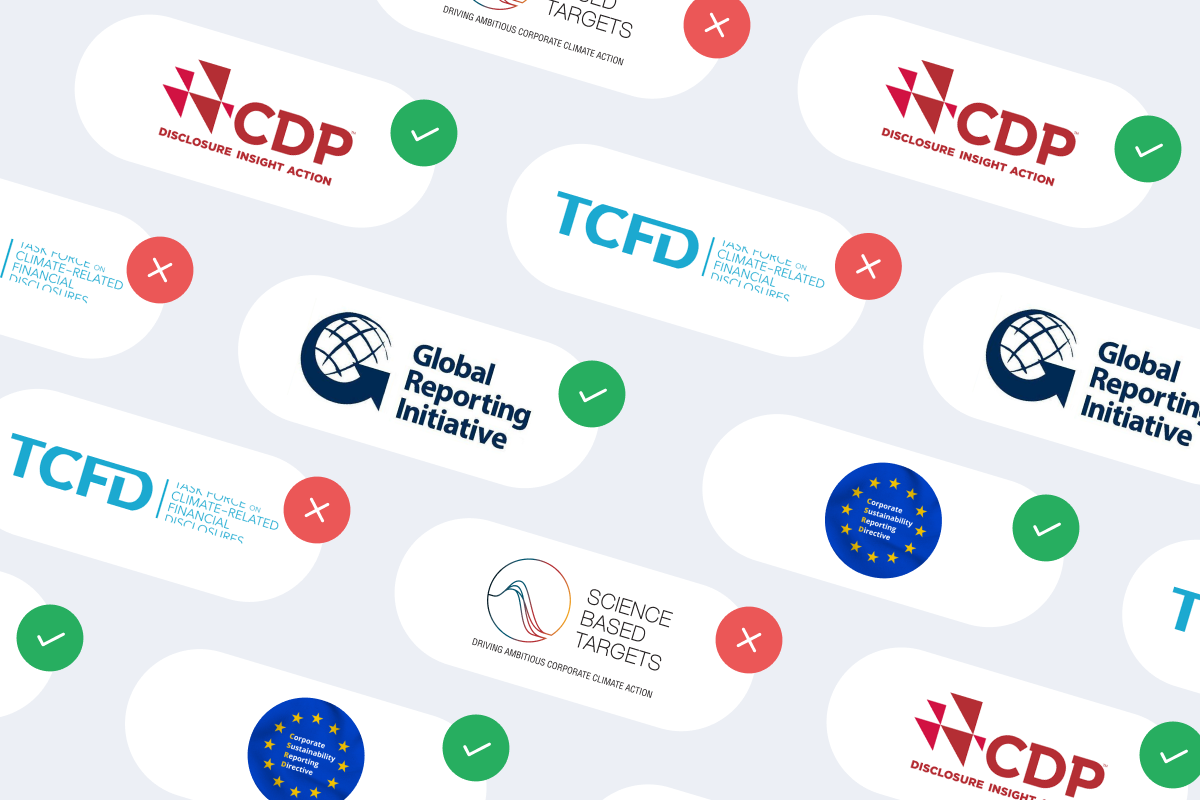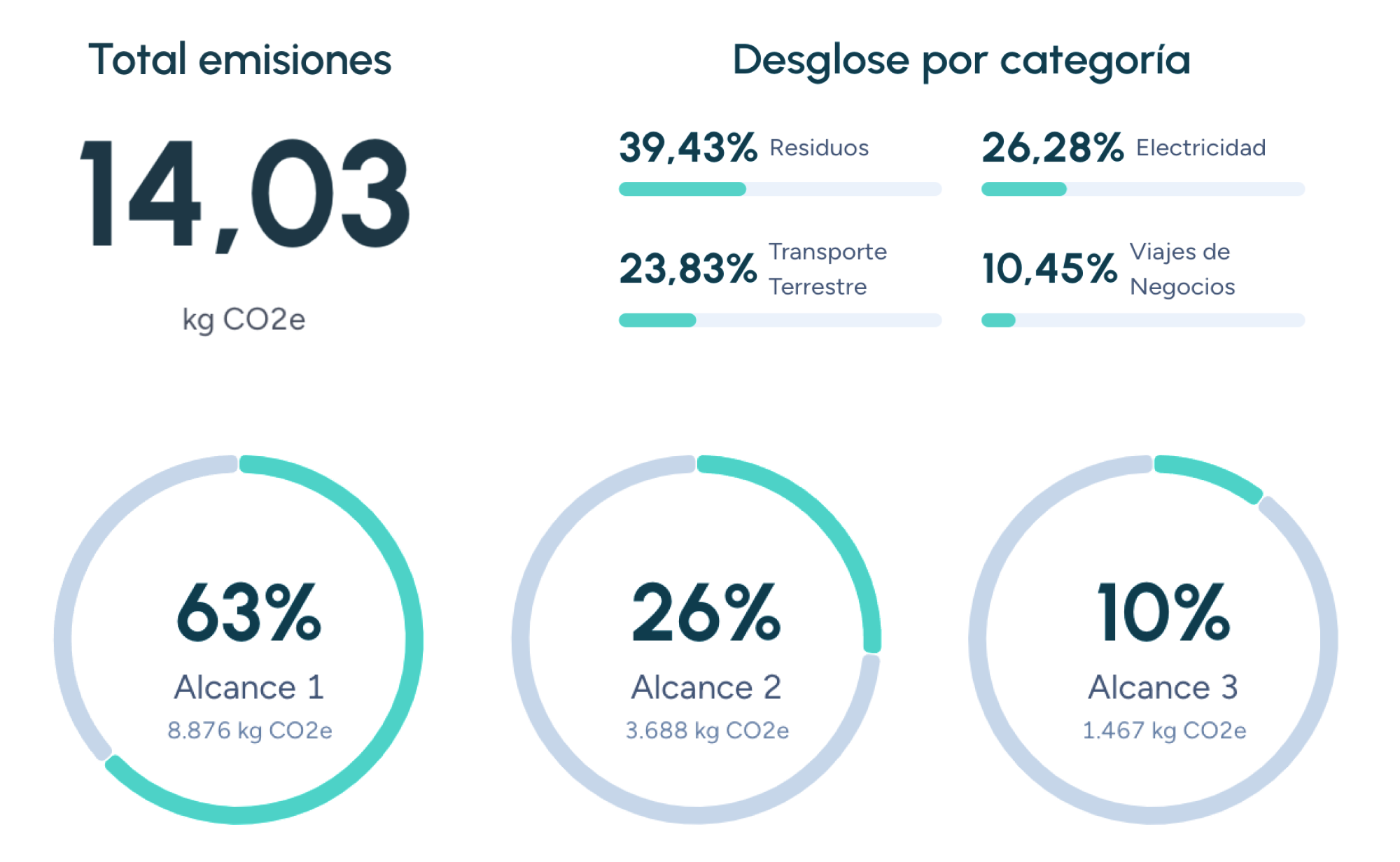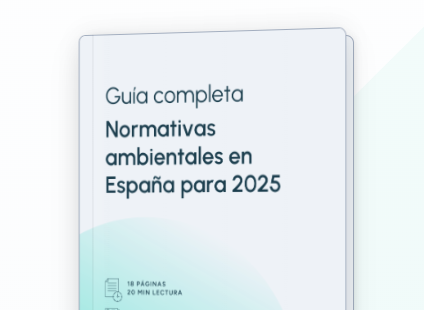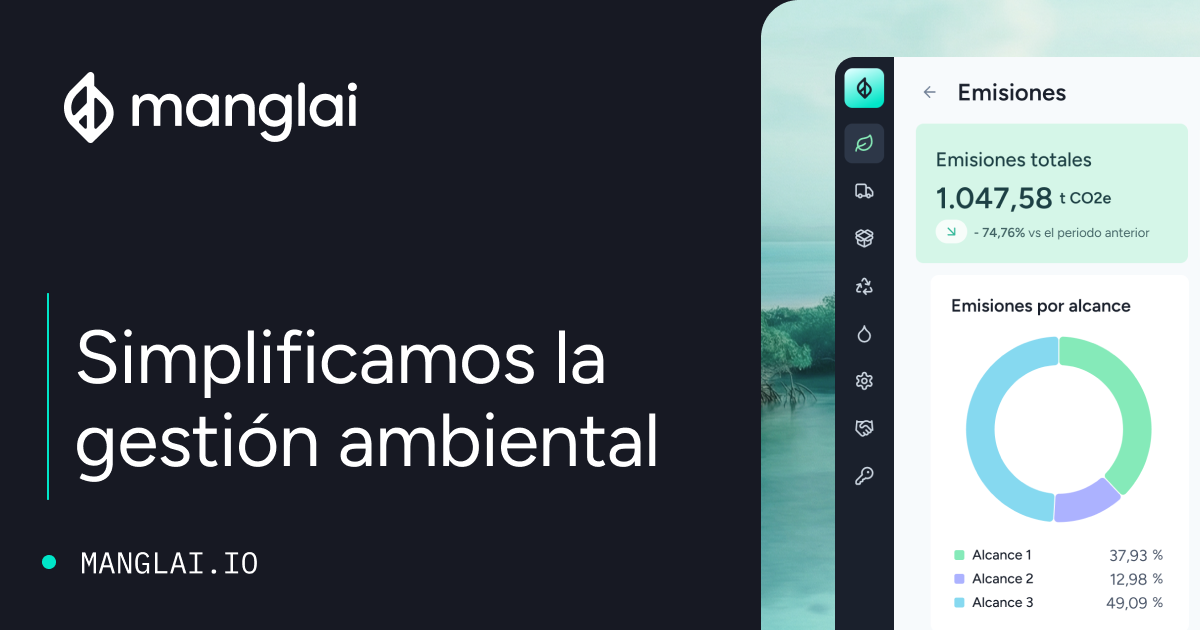C
Carbon sinks
Carbon sinks are a fundamental concept in climate change mitigation and greenhouse gas (GHG) emissions management. These natural or artificial systems can absorb more carbon dioxide (CO₂) than they emit, helping to reduce the environmental impact of human activities.
What is a carbon sink?
A carbon sink is any system that acts as a natural or artificial reservoir capable of absorbing and storing CO₂ from the atmosphere. The most common examples of natural carbon sinks include forests, oceans, and soils. These systems play a crucial role in the carbon cycle, as they help counterbalance CO₂ emissions generated by human activities such as fossil fuel combustion, deforestation, and intensive agriculture.
From a scientific perspective, carbon sinks are defined as components of the Earth system with a negative carbon balance, meaning they absorb more carbon than they release (IPCC, 2019). This process is essential for mitigating climate change, as CO₂ is one of the main greenhouse gases driving global warming.
Types of carbon sinks
Carbon sinks are divided into two main categories: natural and artificial.
1. Natural carbon sinks
These include:
- Forests, which capture CO₂ through photosynthesis.
- Oceans, which absorb CO₂ via physical and biological processes.
- Soils, which store carbon in the form of organic matter.
2. Artificial carbon sinks
These are technologies developed to capture and store CO₂, including:
- Carbon capture and storage (CCS) technologies, which directly capture CO₂ from industrial sources or the atmosphere.
- Bioenergy with carbon capture and storage (BECCS), which combines bioenergy production with CO₂ capture and storage to achieve negative emissions.
The role of carbon sinks in reducing the carbon footprint
The carbon footprint measures the total GHG emissions generated by an activity, product, or service. Carbon sinks play a crucial role in offsetting these emissions and contributing to global decarbonization goals.
According to the Paris Agreement (2015), it is essential to limit global temperature rise to below 2°C, preferably 1.5°C, above pre-industrial levels. Achieving this goal requires drastically reducing GHG emissions while enhancing carbon sinks through:
- Conservation of forests and oceans
- Implementation of innovative carbon capture technologies
The role of natural carbon sinks
Natural carbon sinks, such as forests and oceans, absorb about 50% of human-generated CO₂ emissions annually (Global Carbon Project, 2020). However, their capacity to absorb carbon is increasingly threatened by:
- Deforestation
- Soil degradation
- Rising ocean temperatures
Protecting and restoring natural ecosystems is a key strategy to ensure these sinks continue to function as climate regulators. Additionally, initiatives such as reforestation and regenerative agriculture can enhance soil carbon storage, further contributing to climate change mitigation.
Artificial solutions: Carbon capture and storage (CCS)
Carbon capture and storage (CCS) technologies offer a complementary solution to natural carbon sinks. These solutions enable CO₂ to be:
- Captured directly from industrial sources or the atmosphere
- Stored safely in underground geological formations
One of the most promising technologies is BECCS, which combines bioenergy production with CO₂ capture and storage. This approach not only reduces emissions but also generates renewable energy, making it a key tool for achieving carbon neutrality.
How to enhance carbon sinks
To maximize the effectiveness of carbon sinks, an integrated strategy is required that combines ecosystem conservation with technological innovation.
1. Reforestation and ecosystem restoration
Planting trees and restoring degraded areas enhances the capacity of forests to absorb carbon.
2. Sustainable soil management
Practices such as regenerative agriculture and reduced chemical fertilizer use can increase soil carbon storage.
3. Development of CCS technologies
Investing in research and development of carbon capture and storage technologies is essential to complement nature-based solutions.
4. Public policies and international agreements
Governments and international organizations must establish legal and financial frameworks that:
- Promote carbon sink protection
- Encourage the development of innovative carbon capture solutions
Manglai’s role in carbon sink management
Businesses play a crucial role in reducing their carbon footprint by incorporating carbon sink strategies. Manglai's tools allow companies to:
- Measure carbon emissions in real-time
- Analyze their impact on carbon sinks
- Develop customized decarbonization plans
Carbon sinks as key allies in climate action
Carbon sinks are a fundamental component of climate change mitigation and carbon footprint management. Both natural systems and technological solutions play a vital role in absorbing and storing CO₂, helping to reduce global warming.
Enhancing carbon sinks is not only a shared responsibility but also an opportunity to build a more sustainable and climate-resilient future.
Companies that trust us

CBAM: EU Carbon Border Adjustment Mechanism
Analyse how the EU taxes imports according to their carbon footprint, the sectors affected, and the steps companies must take to prepare for 2026.
COP (Conference of the Parties)
The COP (Conference of the Parties) is the supreme decision-making body established under the United Nations Framework Convention on Climate Change (UNFCCC).
CO₂ Equivalent
Understand what CO₂ equivalent means and why it's important in measuring the carbon footprint. Learn how it’s calculated and its role in fighting climate change.
Guiding businesses towards net-zero emissions through AI-driven solutions.
© 2025 Manglai. All rights reserved
Política de Privacidad


